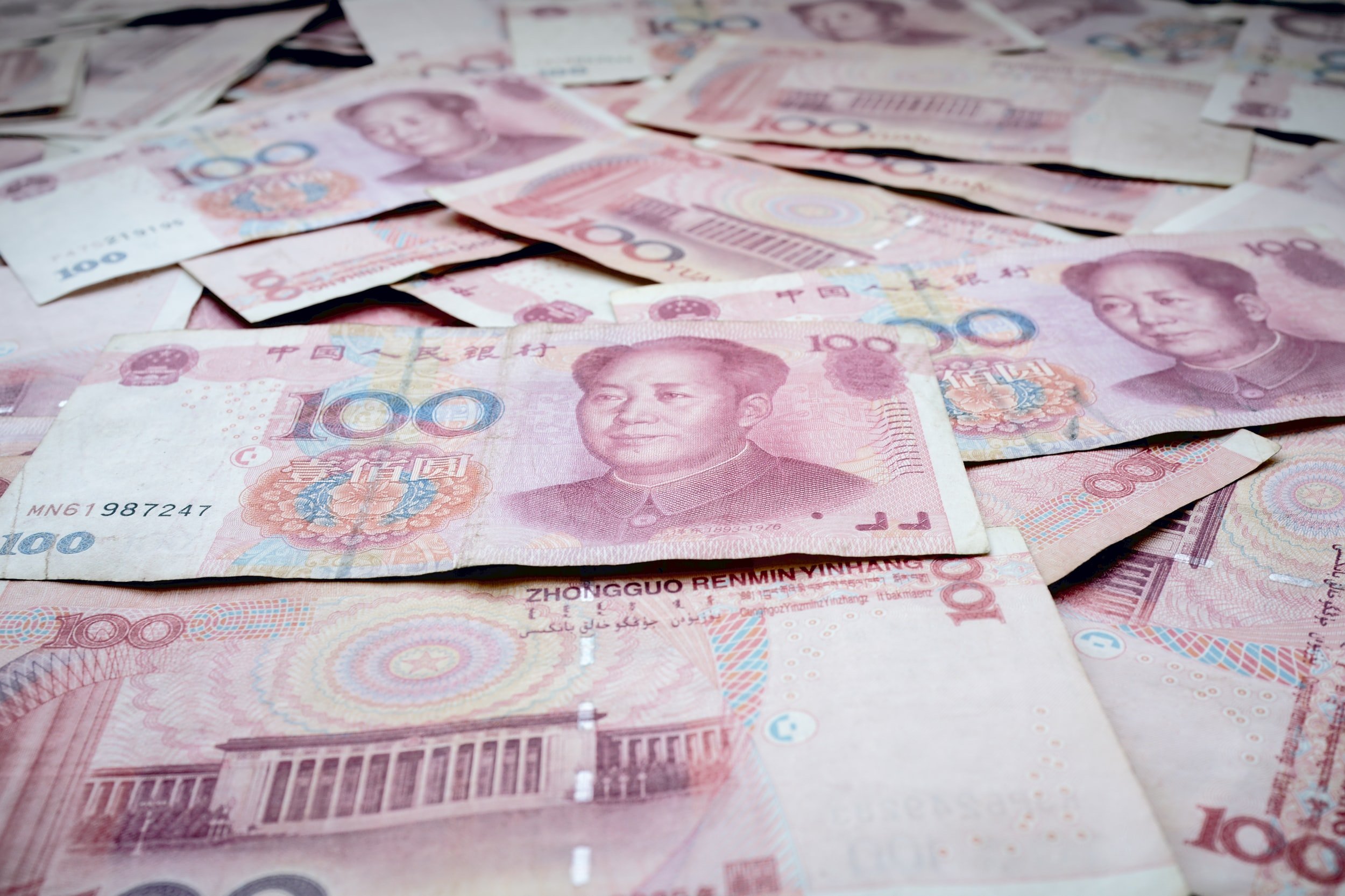By Ulf Bergman
With an increasingly grim news flow coming out of China, there are suggestions among analysts that the world's second-largest economy may decelerate faster than many global investors realise. While the recovery following the initial wave of the pandemic has been impressive, the uneven character of the resurgence highlighted the challenges the Chinese leadership were facing. In parallel with a booming export industry, the domestic economy struggled to regain its momentum as consumer confidence has remained weak following recurring Covid-19 outbreaks and a sluggish labour market. Surging commodity prices, power shortages and declining export orders have since seen the manufacturing sector slipping into contraction territory. The reduced economic contribution from industrial production has led some investment banks to warn that the full-year growth may fall below the 8.2 per cent anticipated by economists' consensus. There are also fears that the economic weakness will carry into next year, with Citigroup and Bank of America expecting next year's growth to fall below five per cent. Bar the pandemic ravaged 2020; such a growth rate would be the lowest in three decades.
Beyond economic factors, new policies have also had their fair share of impact on the economy. Environmental restrictions have contributed to a weakening economy, alongside an increasing desire to add additional regulations to various sectors, from education to technology. There have also been developments to reduce the domestic economy's reliance on the real estate market. The reluctance by Beijing to directly aid the ailing property developer Evergrande while assisting affected homeowners should perhaps be seen as an early example of the workings of the new "common prosperity" initiative. The Chinese leadership likely sees a bailout of a private enterprise as lining the pockets of investors and, hence, contributing to the country's widening wealth gap. The measures imply that there has been a readiness among the leadership to accept somewhat weaker growth in return for policy shifts.
There are also some suggestions that President Xi may consider a broader restructuring of the Chinese economy, similar to Deng Xiaoping's modernisations in the 1970s and Zhu Rongji's overhaul of state companies during the 1990s. Ahead of next month's plenary session of the 19th Central Committee, a ten-point list on how the Chinese government is managing the most pressing challenges facing the world's second-largest economy has been released by state media. The reporting gives an early indication of new policies, with a renewed focus on growth as a cornerstone. According to the list, boosting private consumption and investment remains two critical targets for Beijing as the economic growth faces a plateau. Infrastructure investments are also likely to remain in favour as a way to stabilise growth into next year. Despite the expectations of a greater focus on domestic growth, there are considerable risks that a revival of private consumption, especially among the middle class, could be derailed by increasing pandemic outbreaks.
It is perhaps surprising to see iron ore imports increase against such a backdrop of growing headwinds for the Chinese economy. Nevertheless, according to data from Oceanbolt, last week saw a record 28.7 million tonnes of iron ore discharged in Chinese ports. The robust volumes during the month to date indicate that the whole month will only narrowly miss last year's record levels. With a week left of October, month to date volumes are also only marginally below the total for September
While October often is a strong month for Chinese iron ore imports, the recent clampdown on the steel industry and power shortages would imply a softening demand for the commodity from the Chinese buyers. However, some of the increases in discharged iron ore may be due to congestion clearing somewhat around the Chinese ports and more vessels discharging their cargo. In recent weeks, the number of ships waiting off the Chinese coast and the waiting times has been steadily decreasing. While the number of dry bulkers at anchor remains high historically, current numbers are the lowest since July.
While the current economic reporting looks rather grim, a renewed focus on growth and infrastructure investments could see a recovery in the Chinese appetite for commodities and increase tonnage demand. However, the easing congestion around the Chinese ports could also see more tonnage becoming available.


